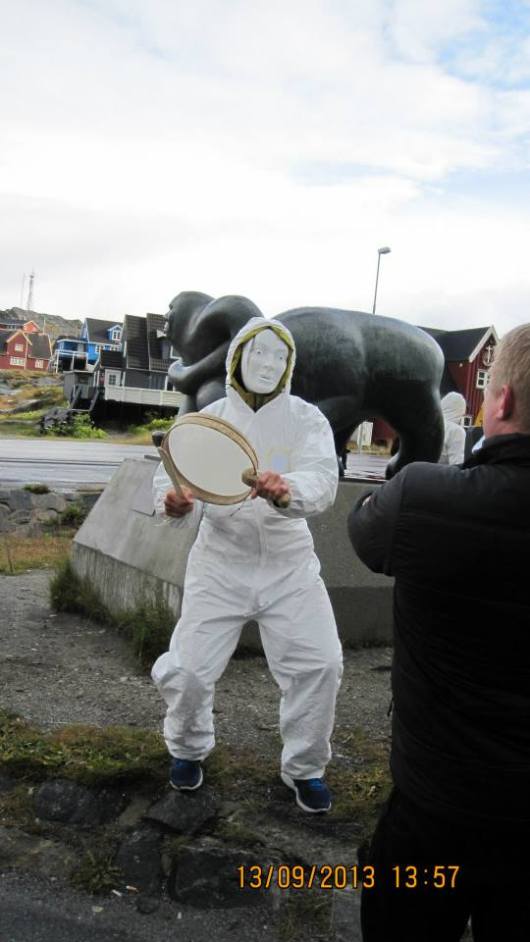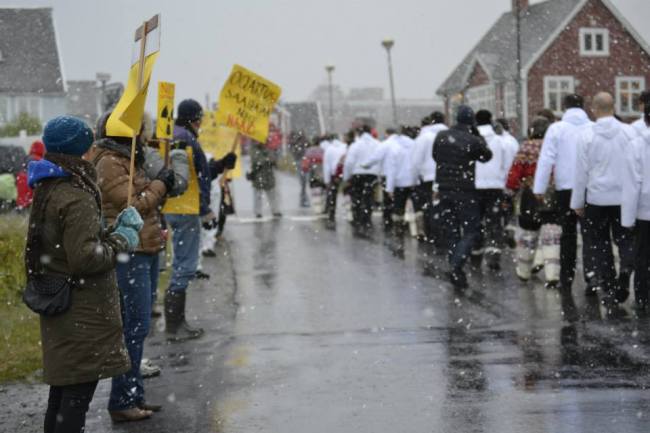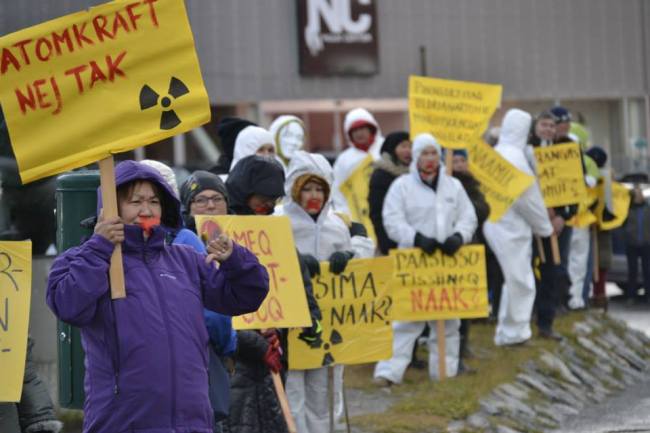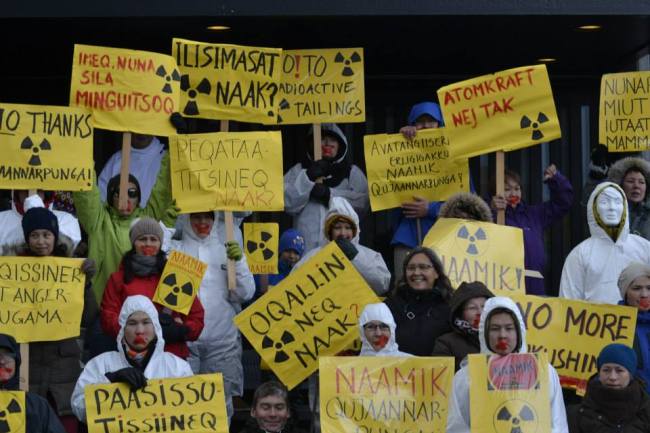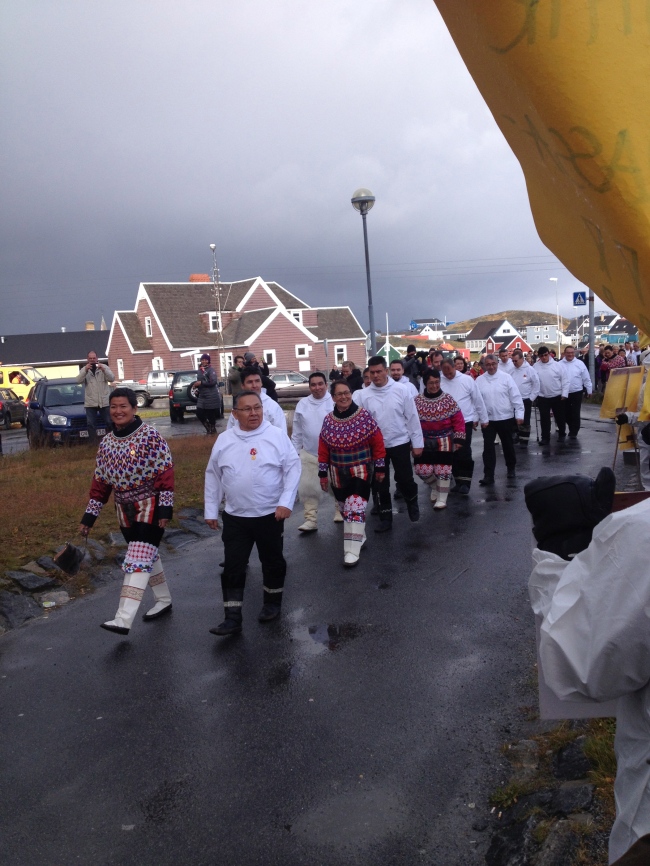Nunavummiut Makitagunarningit (‘Makita’) today responded to the announcement by the Nunavut Impact Review Board that it has recommended the rejection of AREVA Resources’ proposed Kiggavik uranium mine.
“Makita is overjoyed by the NIRB’s decision,” said Makita spokesperson Hilu Tagoona.
“In light of all the serious issues raised by intervenors, and the clear majority opposition to the project expressed by the Inuit residents of Baker Lake and other Kivalliq communities during the Final Hearing, we agreed with the Baker Lake Hunters and Trappers Organization that the review process should have been terminated – and restarted only when the proponent could announce a start date for the project.”
“Future generations of Inuit will view this decision as responsible and just. If Kiggavik had been approved at this time it would have resulted in induced development that would put considerable pressure on the caribou herds on which our culture and our well-being depend,” she added.
The next step in the process is a decision by the federal Minister of Aboriginal Affairs and Northern Decelopment (AANDC). Makita will be writing the Minister of AANDC, the Premier of Nunavut and the President of Nunavut Tunngavik Inc. urging them to respect the NIRB’s decision and the wishes of the residents of the communities closest to the proposed project.
—–
NOTE: In the Community Roundtables phase of NIRB’s Final Hearing, each community was asked to indicate whether or not they supported the Kiggavik proposal. Six of the seven Kivalliq communities recommended that the NIRB not approve the Kiggavik proposal at this time, and without a start date. Only one, Arviat, was split — with some delegates supporting and others opposed. Final comments from each community start at the bottom of 2241 of
The comments from residents of Baker Lake are particularly important, as they explain that all recent consultation attempts have shown a high degree of public opposition to the project as it is currently being proposed. It is most unfortunate that these statements received almost no coverage in the Nunavut or national media at the time.

